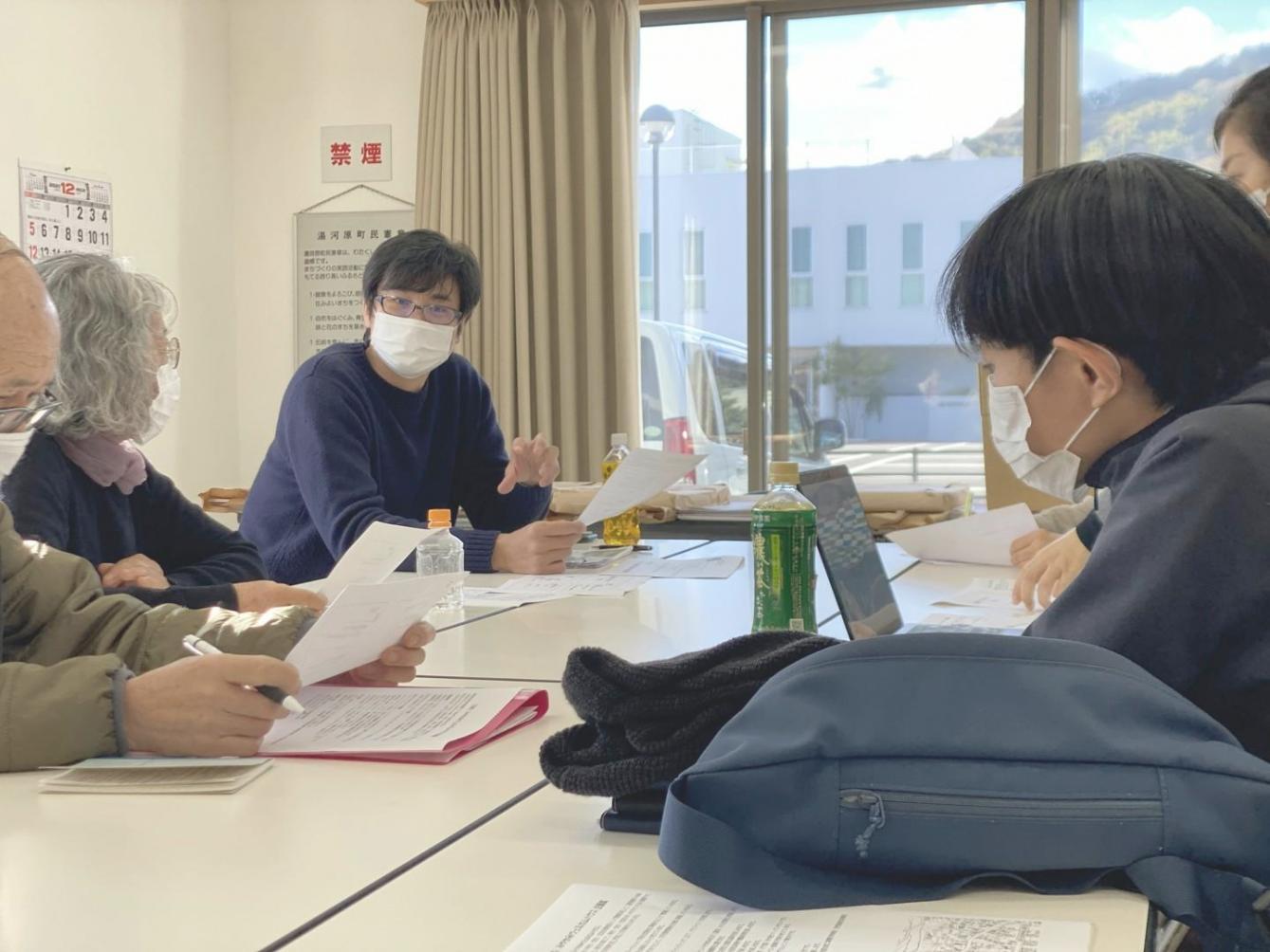Building game design skills that actually matter
We started teaching mobile game design because too many courses focus on theory while students struggle to build anything real. Our approach is different—grounded in what works in actual production environments.
How we got here
Back in 2023, I noticed something odd. Students graduating from game design programs could talk about mechanics and player psychology for hours, but many couldn't prototype a functional mobile game to save their lives.
The gap between academic theory and production reality was massive. So we built something different—a program that starts with doing, not discussing. Our first cohort in autumn 2023 had eight students. They spent less time in lectures and more time actually building, breaking, and rebuilding game systems.
Fast forward to 2025, and that hands-on philosophy hasn't changed. We're still small, still focused on practical skills, and still pushing students to create real projects they can show to studios.

What drives our teaching
These aren't just values we talk about in meetings. They shape every assignment, every project brief, and every piece of feedback students get.
Production over perfection
We'd rather see a playable prototype with rough edges than a perfect pitch deck with no game behind it. Finishing projects—even messy ones—teaches more than polishing the same idea forever.
Constraints breed creativity
Mobile platforms have limitations. Small screens, touch controls, shorter play sessions. Instead of fighting these constraints, we teach students to embrace them and find creative solutions within real-world boundaries.
Feedback loops matter
The best learning happens when you test something, watch it fail, understand why, and try again. We build rapid iteration into everything—weekly playtests, peer reviews, and constant refinement based on actual player behavior.
Who's behind the curriculum
Our program is small by design. That means you'll work directly with instructors who've actually shipped mobile games, not just studied them. Here's someone you'll likely meet if you join our autumn 2025 cohort.

Marko Bergant
Lead Instructor, Mobile Game Mechanics
Marko spent six years at a mobile studio in Ljubljana before switching to teaching in 2024. He's worked on casual puzzlers, hyper-casual experiments, and one mid-core strategy game that actually turned a profit.
His teaching style is direct. He'll tell you when your game loop doesn't make sense, but he'll also sit down and help you fix it. Students appreciate that he's been through the same struggles—tight deadlines, pivoting mechanics, and dealing with playtests that reveal your clever idea isn't actually fun.
What learning looks like here
Our programs run in focused cohorts with clear milestones. You won't just attend classes—you'll build a portfolio of working prototypes and understand what it takes to iterate on player feedback.

Foundation phase
First few weeks focus on core concepts—game loops, player motivation, and mobile-specific design patterns. You'll analyze existing games to understand why certain mechanics work, then apply those lessons to your first small prototype.

Production practice
Mid-program is where things get real. You'll work on a larger project, deal with scope management, and run playtests with actual users outside your cohort. This phase shows you what production pressure feels like—in a supportive environment where mistakes are expected.

Portfolio development
Final weeks are about polish and presentation. You'll refine your best work, document your design decisions, and prepare materials that show potential employers or collaborators what you can actually do. By the end, you should have at least two solid portfolio pieces.
